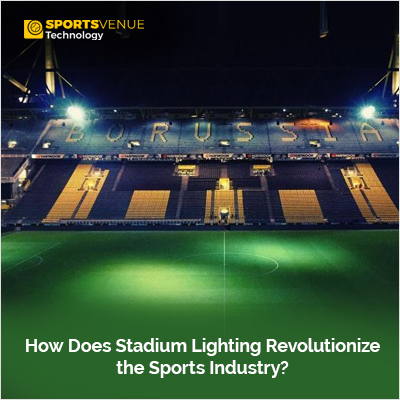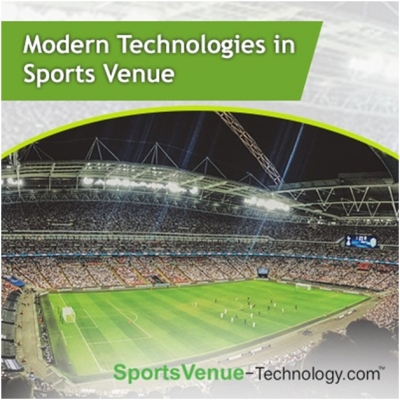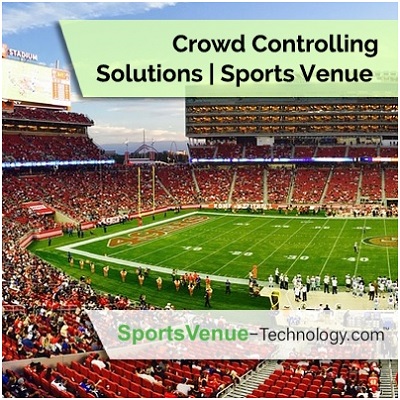How Does Stadium Lighting Revolutionize the Sports Industry?

Stadium lighting plays a crucial role in transforming the sports industry, enhancing the overall experience for athletes, spectators, and viewers worldwide. This article explores the multifaceted impact of advanced stadium lighting systems, from improving visibility and performance to creating immersive fan experiences and driving sustainability initiatives.
Enhancing Visibility and Performance
One of the primary benefits of modern stadium lighting is its ability to significantly enhance visibility during sports events. High-quality lighting systems ensure optimal illumination across the playing field, reducing shadows and glare that can hinder players' performance. This improved visibility not only benefits athletes by allowing them to track the ball more accurately and make precise movements but also enhances the overall quality of gameplay for spectators and viewers.
Furthermore, advanced lighting technologies such as LED fixtures offer customizable lighting solutions, allowing sports venues to adjust brightness levels based on specific game requirements. This flexibility ensures consistent visibility and performance across different sports disciplines, from football and soccer to tennis and basketball, regardless of external lighting conditions.
Creating Immersive Fan Experiences
Stadium lighting goes beyond functional illumination; it contributes significantly to creating immersive fan experiences. Modern lighting systems are designed to enhance the atmosphere and excitement of live sports events, engaging spectators and viewers in unique ways.
Dynamic lighting effects, synchronized with team colors or game moments, add a layer of drama and spectacle to the stadium environment. For example, during player introductions or pivotal moments in a match, dynamic lighting can create a visually stunning backdrop that amplifies the emotional intensity of the game. This immersive experience not only captivates fans in the stadium but also enhances the broadcast appeal, attracting a larger audience globally.
Driving Sustainability Initiatives
In recent years, sustainability has become a key focus in sports and entertainment industries, and stadium lighting plays a crucial role in driving these initiatives. LED lighting systems, known for their energy efficiency and longevity, have replaced traditional lighting technologies in many sports venues worldwide.
The adoption of LED lighting not only reduces energy consumption and operational costs for stadium owners but also contributes to lowering carbon footprints and promoting environmental responsibility.
Additionally, advanced lighting controls allow for precise management of lighting levels, further optimizing energy usage based on real-time needs during events.
Supporting Broadcast and Media Coverage
Stadium lighting is essential for ensuring high-quality broadcast and media coverage of sports events. Broadcasters rely on well-lit venues to capture crisp and clear footage of the action, enabling viewers to enjoy immersive and engaging broadcasts.
Modern lighting systems are designed with broadcast standards in mind, providing consistent lighting levels and color rendering that meet the requirements of high-definition television and digital streaming platforms. This seamless integration of lighting and media technology enhances the viewing experience for audiences worldwide, whether they are watching the game on TV, online, or through mobile devices.
Enabling Versatile Venue Utilization
Beyond sports events, advanced stadium lighting enables versatile venue utilization for a wide range of activities. Sports stadiums often host concerts, cultural events, and corporate gatherings, requiring adaptable lighting solutions that can transform the space according to different event requirements.
LED lighting's versatility allows stadiums to create dynamic lighting designs tailored to each event, whether it's a vibrant concert setting with colorful effects or a sophisticated corporate event with precise lighting control. This flexibility enhances the venue's revenue-generating potential and expands its role as a multi-purpose entertainment hub within the community.
Promoting Safety and Security
Effective stadium lighting is essential for promoting safety and security during sports events. Well-lit surroundings contribute to a safer environment for players, officials, and spectators, reducing the risk of accidents and enhancing overall visibility in critical areas such as entrances, exits, and seating areas.
Moreover, advanced lighting systems can be integrated with security cameras and sensors to enhance surveillance capabilities, enabling venue operators to monitor crowd movements, identify potential security threats, and respond promptly to emergencies. This integration of lighting and security technologies plays a vital role in ensuring a secure and enjoyable experience for everyone attending sports events.
Fostering Innovation and Technological Advancements
The continuous evolution of stadium lighting reflects ongoing innovation and technological advancements in the sports industry. Lighting manufacturers and designers are constantly exploring new ways to improve efficiency, enhance visual effects, and integrate smart controls for optimal performance.
Emerging technologies such as Li-Fi (Light Fidelity) are being explored for their potential to transmit data through light, opening up possibilities for interactive experiences and connectivity within sports venues. These innovations not only elevate the spectator experience but also contribute to the overall advancement of smart stadiums and digital infrastructure in sports.
Conclusion
Stadium lighting stands at the forefront of innovation and transformation in the sports industry, revolutionizing how we experience and engage with live sports events. From enhancing visibility and performance for athletes to creating immersive fan experiences, driving sustainability initiatives, and supporting versatile venue utilization, advanced lighting systems play a pivotal role in shaping the future of sports entertainment.
As technology continues to evolve and sustainability remains a priority, we can expect further advancements in stadium lighting that not only elevate the game-day experience but also promote environmental stewardship and community engagement. The synergy of cutting-edge lighting technologies, creative design concepts, and digital integration is poised to redefine the boundaries of sports entertainment, offering fans and stakeholders a truly immersive and memorable experience.





